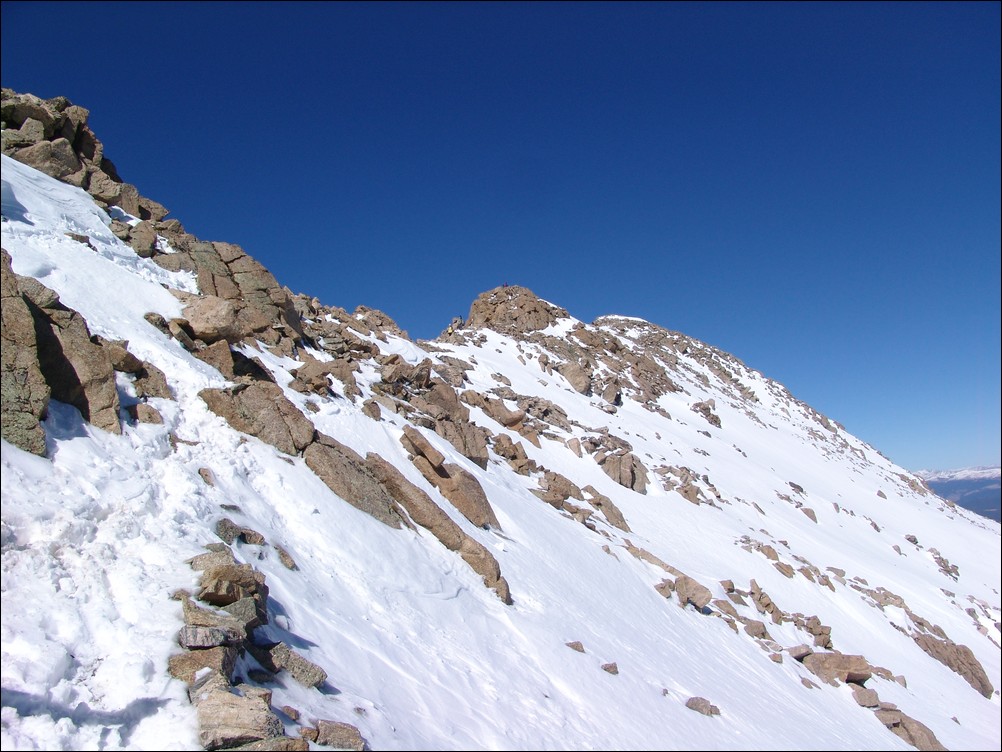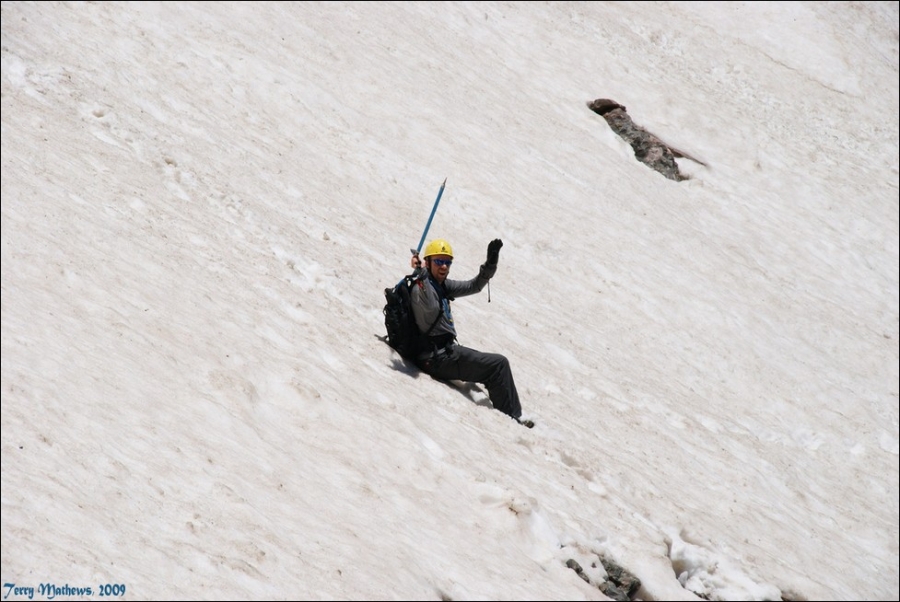Avalanches are a very serious and dangerous threat to Colorado winter outdoor enthusiasts
Over the last 10 winters in the United States an average of 25 people died in avalanches every year. Colorado has the highest number of avalanche fatalities, by far.
Avalanches are incredibly powerful. Even a small avalanche can kill you. As the avalanche goes down the mountain, it gathers more and more snow, which can bury you quickly.
The best way to prevent avalanche accidents, other than avoiding avalanche-prone areas altogether, is to obtain solid education in avalanche awareness and safety. Is it highly recommended that anyone going into avalanche-prone areas take classes. One great resource to find out about avalanche courses is Avalanche.org. Additionally, Friends of Berthod Pass offer free, high quality avalanche courses each year and a comprehensive resource page on avalanche safety. Lastly, the Colorado Avalanche Information Center provides awesome resources for people looking to learn more about avalanche safety.
By the end of your first class, you should be able to:
-
Understand the basics of avalanche formation and release.
-
Identify avalanche terrain.
-
Know the steps required to plan and carry out a trip.
-
Use the Avalanche Terrain Exposure Scale (ATES) and where Avalanche Danger Ratings and Avalanche Bulletins are available.
-
Find resources for obtaining ATES terrain ratings if their trip is not rated.
-
Find resources for obtaining Avalanche Danger Ratings and Avalanche Bulletins if these are not available.
-
Use appropriate travel techniques in avalanche terrain.
-
Carry out a companion rescue.
-
Understand the limits of your training.
Check out this video of avalanches just to see how powerful they can be:
Avalanche Safety Basics
Here are some basic things to think about if you are going to venture into avalanche-prone terrain:
-
Stick to ridges - it is impossible to be caught in an avalanche if you are at the top of a ridge:

-
Avoid terrain that could slide or that has snow above that could slide.
-
Areas with lots of dense trees are generally safe.
-
The slope must be steeper than about 30 degrees to trigger a slide. Slopes less than about 30 degrees are not steep enough to avalanche.
-
The snowpack must be unstable to trigger a slide - snowpacks are a series of layers stacked on top of one another. Some of the layers are hard and strong, some of them are soft and weak. The snowpack is unstable when a harder stronger layer sets on top of a softer weaker layer and the soft weak layer can barely support the hard strong layer above it.
-
Watch for changing conditions.
-
Be ready to change your plans when conditions change - be flexible and know when to turn around!
-
Make sure everyone in your group talks to each other and discusses what is going on.
-
Plan ahead with contingencies. Make sure the entire group knows and agrees to the plan before beginning your trip.
-
Make sure you and all members of your group can perform a fast and effective rescue - practice, practice, practice!
Avalanche Safety Gear
There are several critical tools of the trade that you'll want to invest in if you're serious about hiking or skiing in avalanche-prone areas. This is not meant to be an exhaustive list. One such item is the avalanche beacon. If you are buried by an avalanche, wearing a avalanche beacon can help people find you. However, it will not prevent you from being buried, it will not prevent you from being killed by trauma, and it will not prevent you from suffocating while buried. Another critical tool is the avalanche probe. The avalanche probe allows you to quickly locate a buried survivor of an avalanche. The last critical item you'll want to invest in is an avalanche shovel. The shovel will allow you to quickly dig the survivor out once they have been located.
One of the latest inclusions to avalanche safety gear is the Avalung device, which, if used properly, can increase your rate of survival if buried. Another new item on the market that is gaining a lot of positive review is the Avalanche Airbag by Backcountry Access. The airbag not only helps prevent burial, but protects the head, neck and upper body from trauma. With its location behind the head and away from the hips and arms, it preserves the user’s peripheral vision and his or her ability to escape the avalanche before it picks up speed.
If you are planning on going into the high country this winter, please take the time to learn about avalanche safety. It just may save you or your hiking partner's life!


